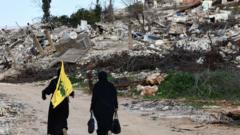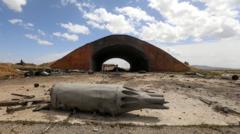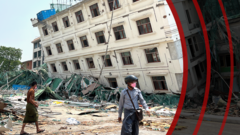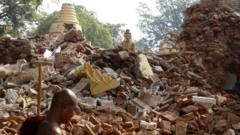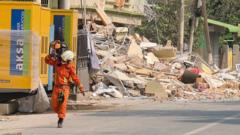Experts warn that the newly reported over 100 potential chemical weapon sites in Syria pose significant safety concerns for the interim government.
Syria's Chemical Weapons Threat: New Estimates Raise Alarm

Syria's Chemical Weapons Threat: New Estimates Raise Alarm
Concerns grow over unsecured chemical weapons sites following the Assad regime's fall.
More than 100 sites associated with chemical weapons production and storage are believed to remain in Syria, posing a critical challenge for the newly formed caretaker government following the ousting of former President Bashar al-Assad. This alarming estimate comes from the Organization for the Prohibition of Chemical Weapons (OPCW), significantly surpassing any previous claims made by the Assad regime.
Throughout the decade-long civil war, Assad’s government was accused of utilizing nerve agents such as sarin and chlorine gas against both civilian populations and rebel forces. With the regime's decline, the precise status of these chemical weapons has remained undisclosed, raising urgent questions about their security and accessibility.
As the OPCW aims to reenter Syria to conduct thorough assessments, the caretaker government, led by Hayat Tahrir al-Sham—an organization that has distanced itself from its former Al-Qaeda affiliations—faces mounting pressure to manage this hazardous legacy. The potential for these chemical weapons, particularly sarin—a substance known for its rapid lethality—and other toxic agents to be unsecured in densely populated areas poses grave humanitarian threats.
As scrutiny rises, both international entities and local populations express deep concern over the dangers these weapons represent, particularly as the region begins to transition away from years of brutal conflict. The urgency to clarify the status of the remaining chemical arsenals is imperative, especially considering their history of devastating impact on civilians.



